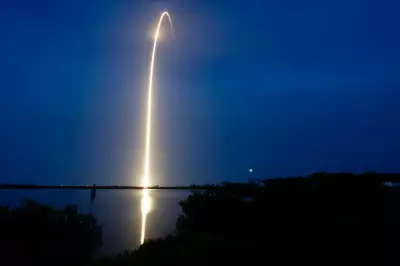
In a day that showcased both the fragility of our past and the ambition of our future, dramatic events unfolded across Europe and beyond. A centuries-old medieval tower met a sudden and catastrophic end while, in a stark contrast, modern technology triumphed with the successful launch of a new satellite into orbit.
A Monument Falls: The Sudden Collapse of History
The quiet of a European morning was shattered by the roar of crumbling masonry as a historic medieval tower, which had stood for hundreds of years, gave way. The sudden structural failure sent clouds of dust and debris billowing into the sky, leaving behind a scene of devastation where a landmark once stood.
Emergency services quickly cordoned off the area, assessing the damage and ensuring public safety. The loss represents a significant blow to the region's cultural heritage, raising immediate questions about the preservation and structural integrity of other ancient buildings.
Reaching for the Stars: A Triumph in Orbit
Meanwhile, in a display of human ingenuity, a rocket pierced through the atmosphere, successfully carrying a sophisticated satellite into the void of space. The flawless launch and orbital deployment mark another step forward in global communications, Earth observation, or scientific research—depending on the satellite's mission profile.
This technological achievement stands in sharp relief against the day's other major event, serving as a powerful reminder of humanity's dual focus: preserving the legacy of our history while simultaneously reaching for new frontiers.
The juxtaposition of these two events—one a loss of ancient history, the other a gain in modern capability—paints a poignant picture of our times, where the past and future constantly intersect.





